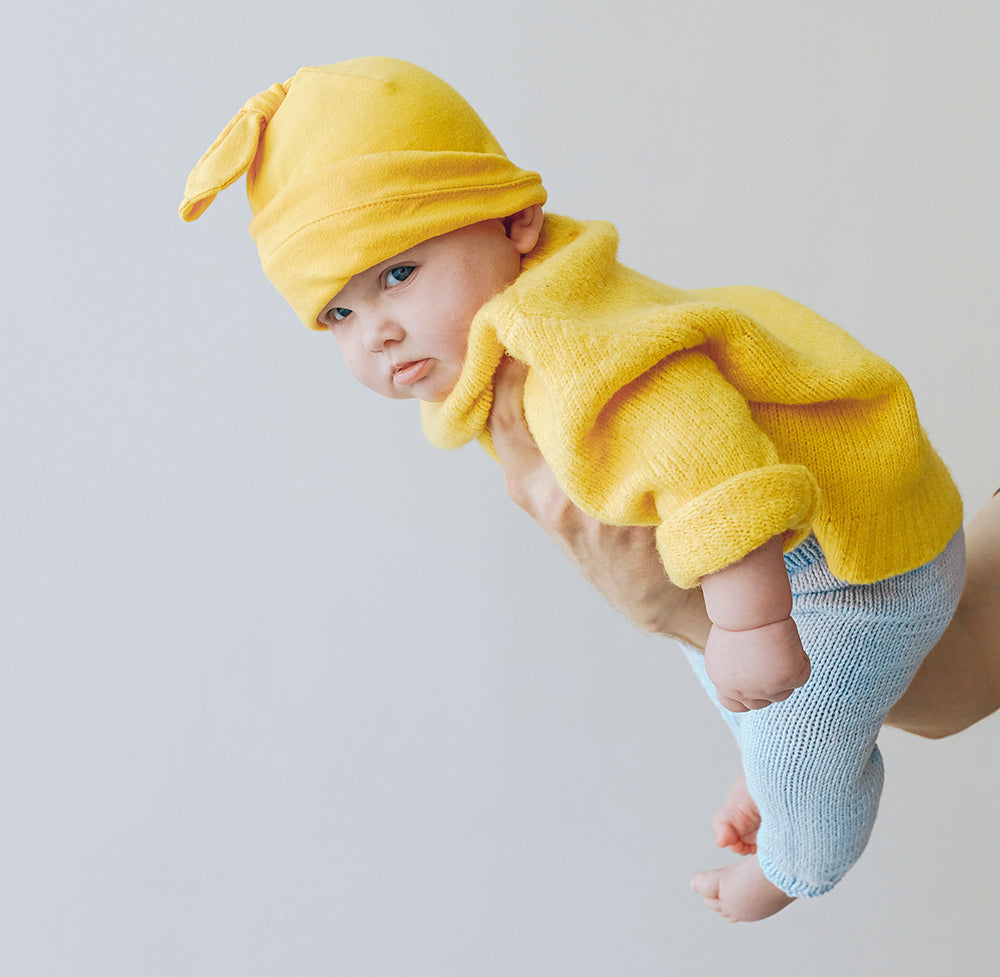
When do babies need to be burped?
Some mums swear by burping their babies and some have never burped a baby at all. It all depends on how your baby reacts when being burped and every baby is different.
When a baby burps, air trapped in your baby’s stomach is released making him or her more comfortable. Burping also makes more room in their stomach to settle in and feed longer. There is no rule that babies have to burp after every feed. Some babies need to burp a lot while others rarely do. Generally speaking, breastfed babies do not need as much burping as bottle-fed babies as they tend to swallow less air when feeding. Every baby is different, so it’s important to look out for your baby’s cues.
If your baby seems uncomfortable or moves around a lot while feeding, or pulls away and cries, try burping your baby. It’s a good idea to take a break for burping after every 60 – 90 mls if you are bottle-feeding or when your baby switches breasts if you are nursing. It’s not necessary to burp your baby if he or she seems happy or falls asleep during or after feeding.
Babies tend to outgrow the need to be burped by 4 to 6 months old as they become more efficient eaters and don’t swallow as much air.
How do I burp my baby?
There are a number of ways to burp your baby and it is important to find the one that is most comfortable for you and your baby. A couple options that we recommend given personal experience:
- On your chest or shoulder
- Put a burp cloth over your shoulder and down your back to protect your clothes.
- Hold your baby against your chest so your baby’s chin is resting on your shoulder.
- Support your baby with one hand and gently pat or rub your baby’s back with the other.
- Sitting on your lap
- Put a cloth bib on your baby or a cloth over your lap to catch any spit-up.
- Sit your baby on your lap facing away from you.
- Use one hand to support your baby’s body, with the palm of your hand supporting your baby’s chest while your fingers gently support his or her chin and jaw (avoid putting your fingers around your baby’s throat).
- Lean your baby slightly forward and gently pat or rub his back with your other hand.
